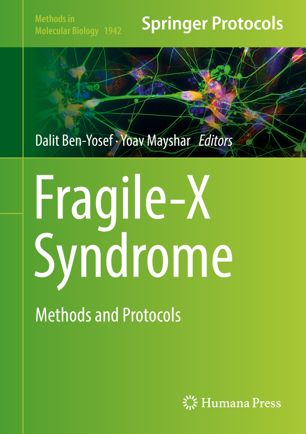

Most ebook files are in PDF format, so you can easily read them using various software such as Foxit Reader or directly on the Google Chrome browser.
Some ebook files are released by publishers in other formats such as .awz, .mobi, .epub, .fb2, etc. You may need to install specific software to read these formats on mobile/PC, such as Calibre.
Please read the tutorial at this link: https://ebookbell.com/faq
We offer FREE conversion to the popular formats you request; however, this may take some time. Therefore, right after payment, please email us, and we will try to provide the service as quickly as possible.
For some exceptional file formats or broken links (if any), please refrain from opening any disputes. Instead, email us first, and we will try to assist within a maximum of 6 hours.
EbookBell Team

0.0
0 reviewsThis volume discusses the latest technologies used to study all aspects of Fragile-X Syndrome (FXS). The chapters in this book cover topics such as monitoring for epigenetic modifications at the FMR1 locus; modeling FXS with human pluripotent stem cells, mouse neural progenitors; mouse versus human-based models for FXS pre-clinical research; and Fragile-X associated with Tremor/Ataxia Syndrome (FXTAS). Written in the highly successful Methods in Molecular Biology series format, chapters include introductions to their respective topics, lists of the necessary materials and reagents, step-by-step, readily reproducible laboratory protocols, and tips on troubleshooting and avoiding known pitfalls.
Cutting-edge and thorough, Fragile-X Syndrome: Methods and Protocols is a valuable tool to help scientists working towards one day developing a therapeutic solution to improve the symptoms of FXS.
Chapter "Induced Neurons for the Study of Neurodegenerative and Neurodevelopmental Disorders" is available open access under a Creative Commons Attribution 4.0 International License via link.springer.com.